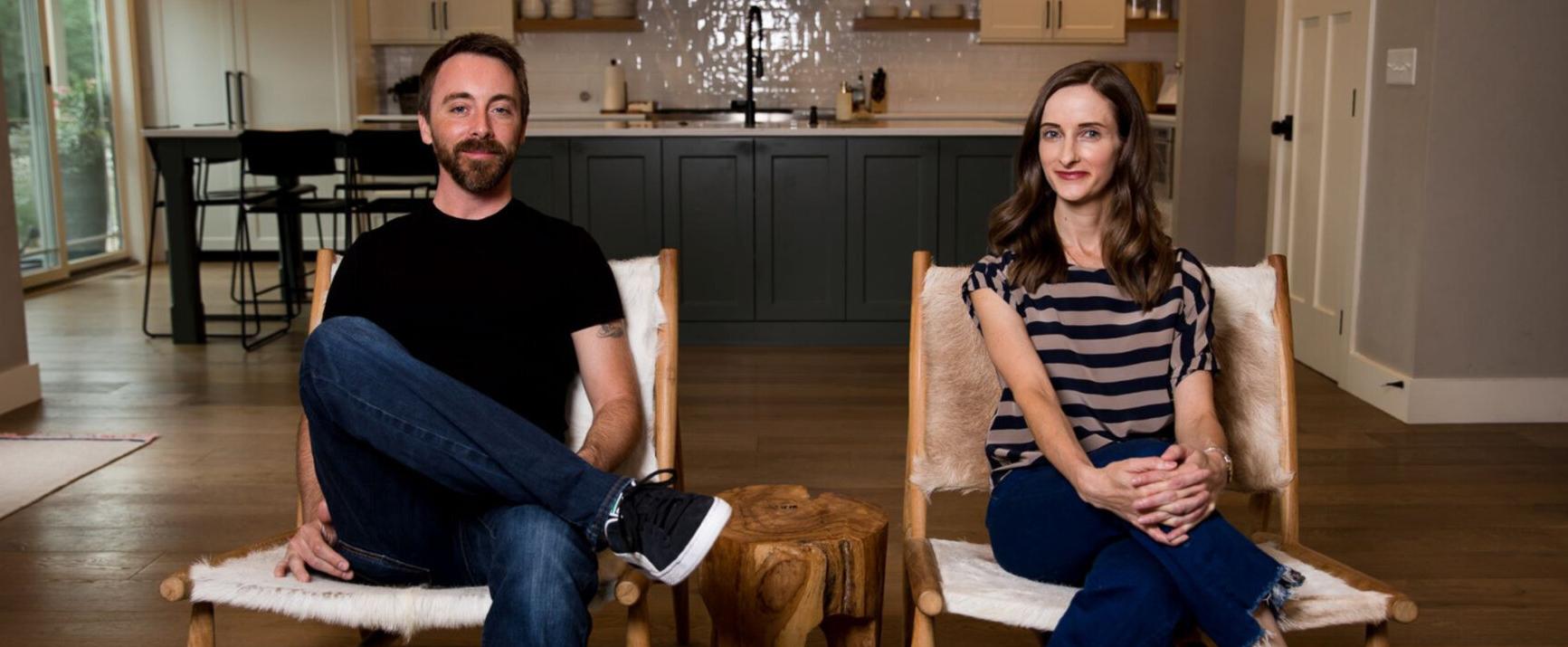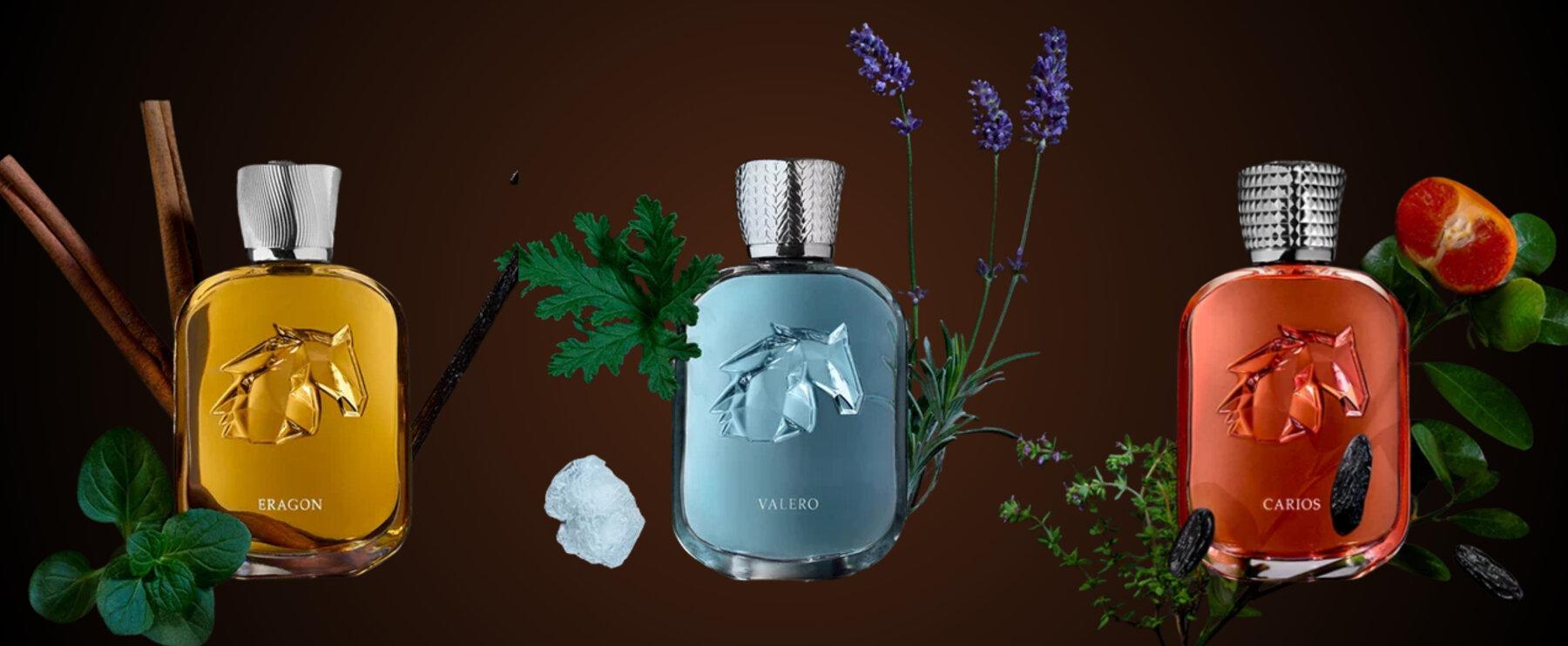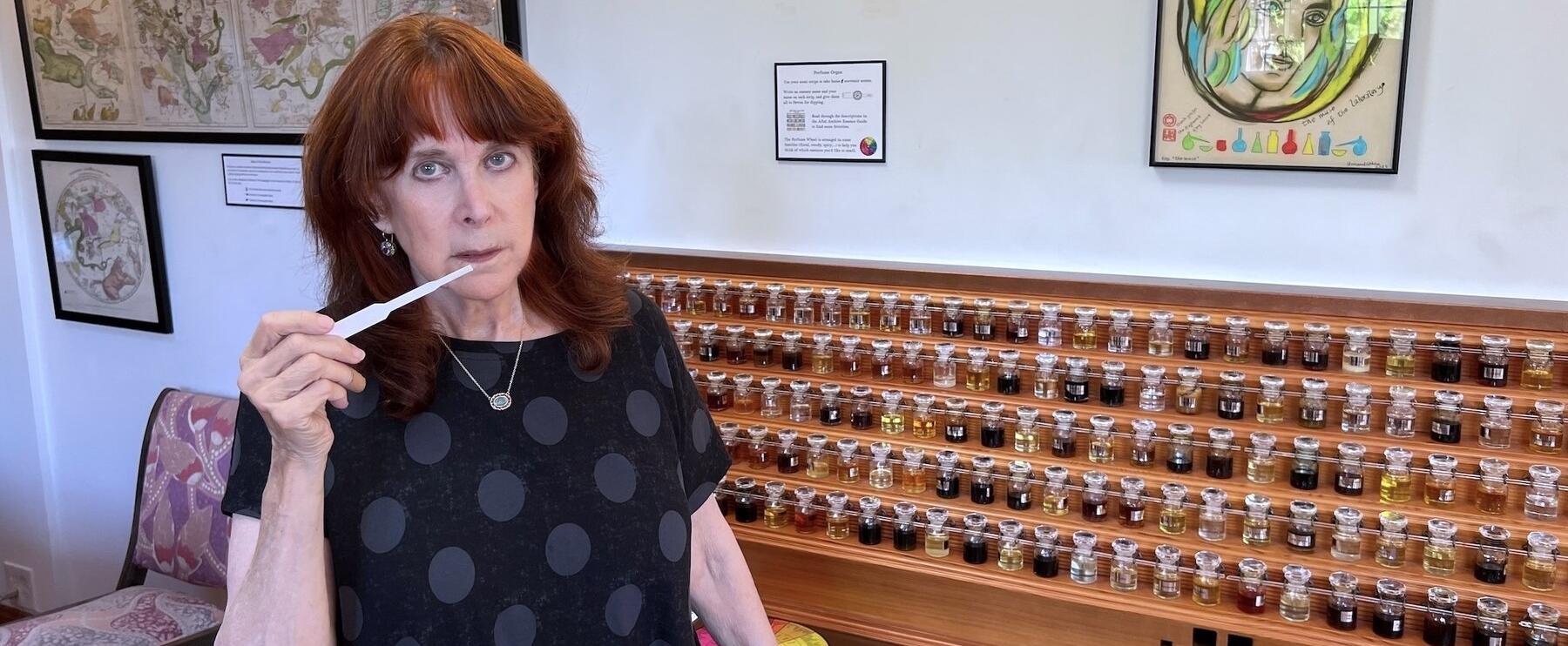
Interview with Mandy Aftel – The Art of Natural Perfumery
From her first perfume class to a museum in her backyard – Mandy Aftel, founder of Aftelier, takes us through 30 years of olfactory storytelling.
For more than three decades, Mandy Aftel has been one of the most influential voices in the world of natural perfumery. As the founder of Aftelier in Berkeley, California, she has dedicated her life to working exclusively with natural ingredients, exploring their complexity, cultural heritage, and emotional depth.
A former psychotherapist turned perfumer, Aftel is the author of ten books – including the acclaimed "Essence and Alchemy“, translated into 17 languages, and "The Museum of Scent“ – and the founder of an internationally renowned perfume museum in her own backyard.
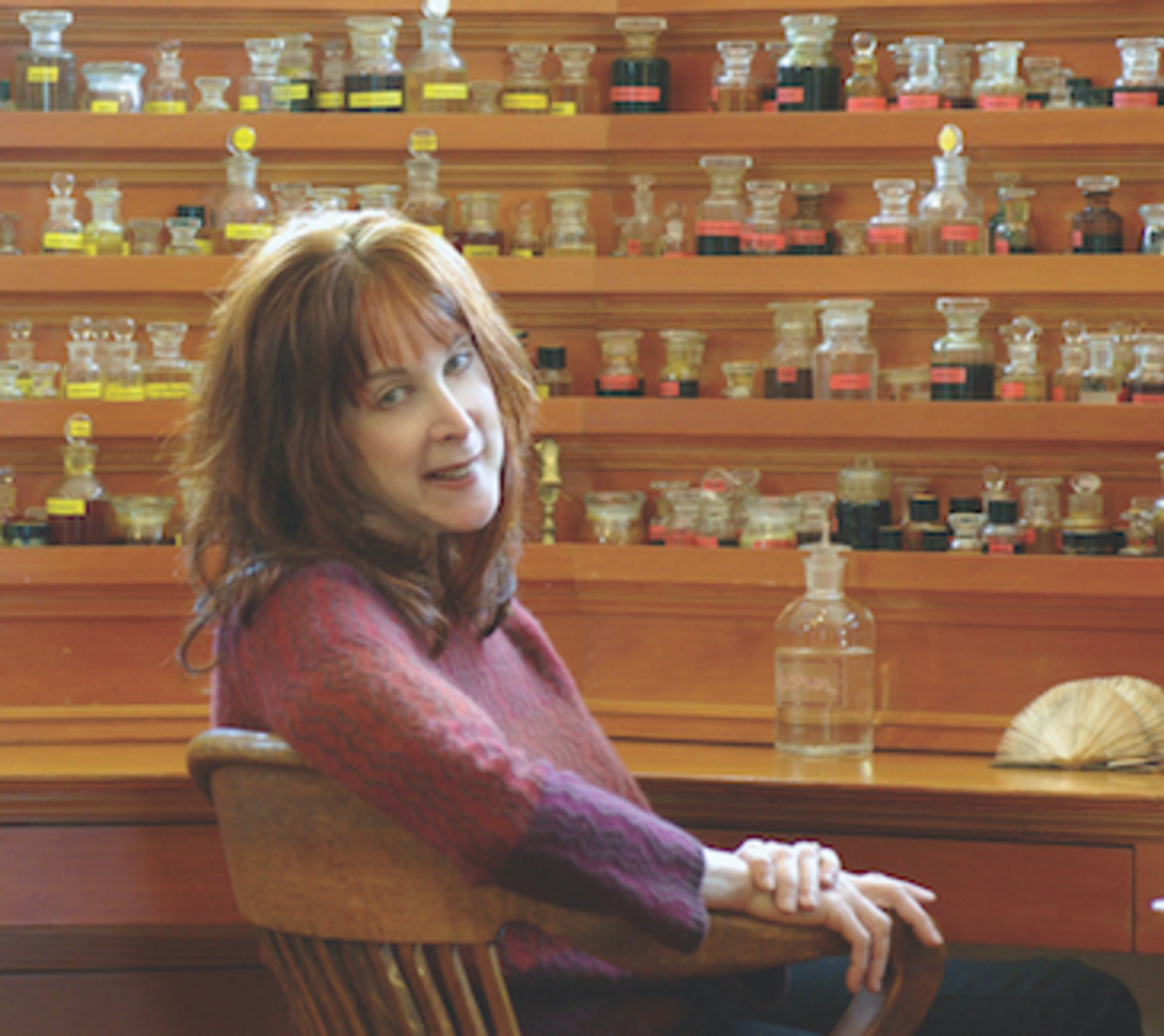
In this conversation with Parfumo, she shares how a simple idea for a novel led her into the world of scent, why artisanal perfumery is an act of intimacy and art, and how natural essences continue to teach us about memory, beauty, and what it means to be human.
You originally worked as a psychotherapist. What drew you to the world of scents?
Mandy: I decided I wanted to write a novel and make my main character a perfumer because I love research and thought it would be interesting for a story. My first book was about a rock and roll star, and I did all the original research on his life. I like research a lot, so I started buying old books from the era when perfume was still natural, because I knew it wasn’t anymore. I was fascinated by the ingredients, the stories, the cultural diversity – perfume has existed in every society throughout history.
While still researching that novel – which I never ended up writing – I took a class on making aromatherapy perfumes. I loved the materials, and surprisingly, I had a little bit of talent for it. A friend and I were in the class together, and she said, “Let’s start a perfume line.” That was about 30 years ago, and we went on to create the first natural perfume line in the world. It debuted at Bergdorf Goodman in New York.
The business and the friendship fell apart pretty quickly, but I was obsessed. Not long after, I wrote "Essence and Alchemy", which has now been published in 17 languages and is still being reprinted today. It caught a wave of growing interest in perfume and connected the history of alchemy and transformation with the art of perfumery. It all started with those 100-year-old books I found in dusty bookstores.
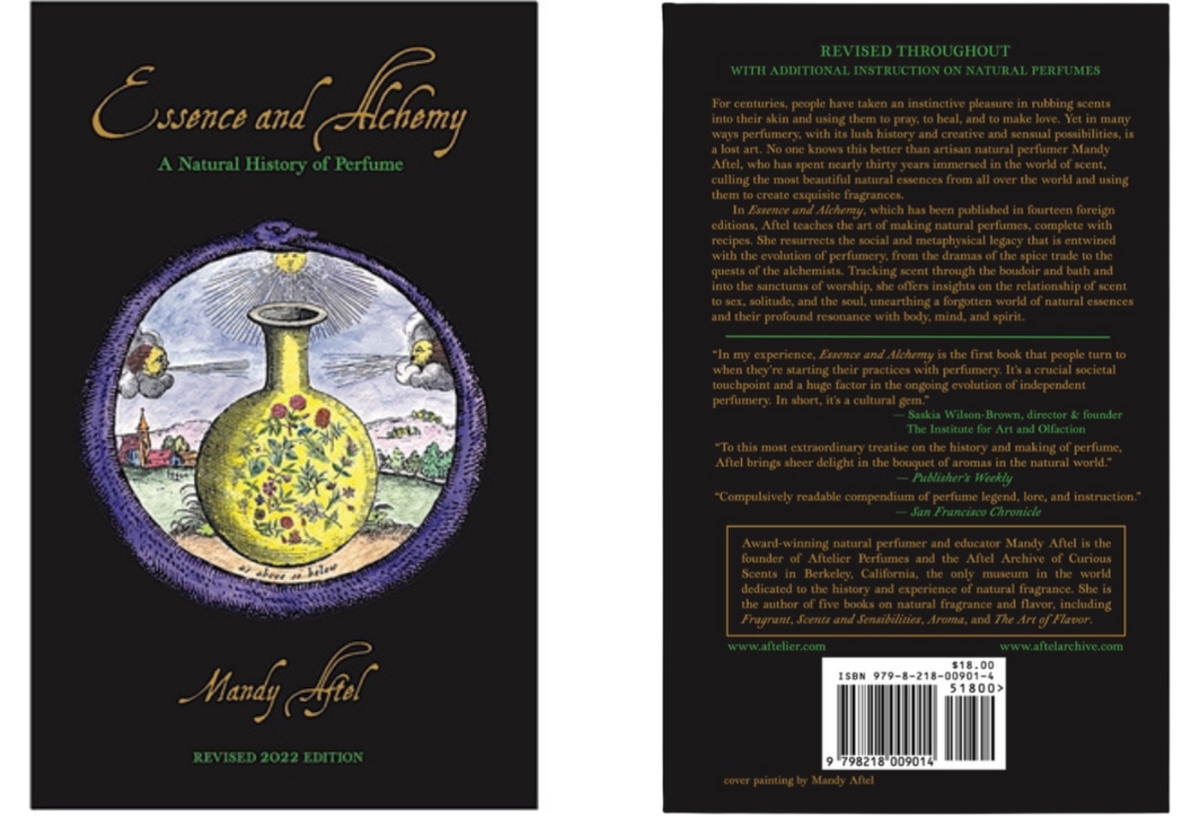
When you started collecting those books, was that the moment you knew you wanted to become a perfumer?
Mandy: Not at all. I was a psychotherapist for artists and writers, and I loved my work.
It just kind of happened — I had no idea I would get so involved. I didn’t have a plan, and I wasn’t trying to get out of what I was doing, because I loved being a therapist for creative people. I had also written a couple of books.
But then it just took over. I loved it so much, found it so interesting, and became more and more passionate about natural perfume — about the essences and creating with them. It slowly took over my life. At a certain point, I couldn’t do both anymore, because both were going really well. I had a lot of clients and a lot going on with the perfume, particularly after I wrote "Essence and Alchemy". It became impossible to manage both, so eventually, I gave up my psychotherapy practice – but only after many years of doing both.
It was a good decision for me. I love creating perfume and being part of that world. I'm really happy with the opportunities that have opened up for me, but I didn't plan for any of it.
What was your vision when you founded Aftelier, and how has it evolved over time?
Mandy: At first, I didn’t want a business. My first venture with a friend ended badly, and I thought I was terrible at business. So, I planned to focus only on custom perfumes – one at a time, always creating something new.
One thing just grew out of another, and I ended up with about five different things that I’ve been doing for over 20 years. But I hadn’t planned that — including having a perfume line. I’m very intentional about keeping my perfume line small so that I can make everything myself. I’m not in stores, and I’ve never wanted to be. I don’t sell large quantities of perfume. I don’t want to. I just want a small business where I can connect with the people who appreciate my work and hand-sell what I create.
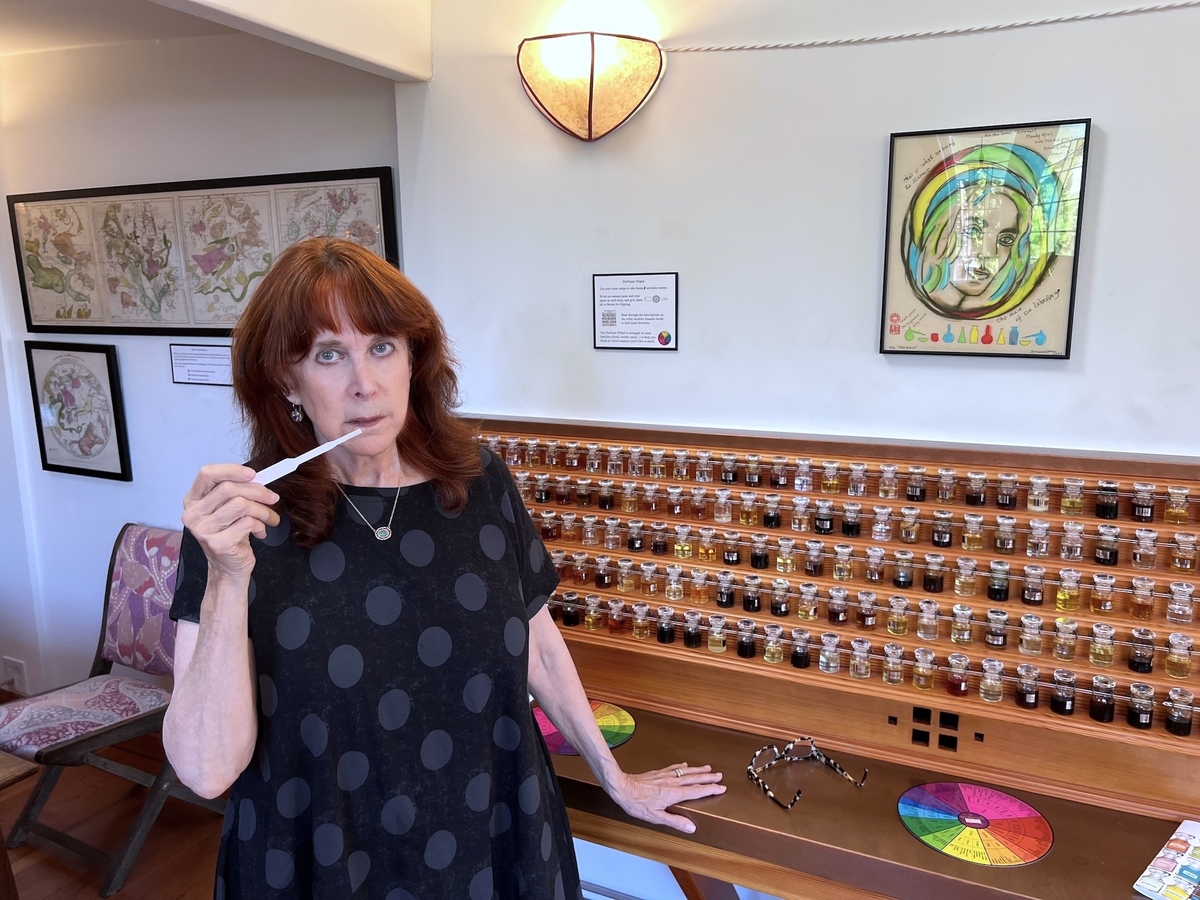
I still keep my perfume line intentionally small. I want to make everything myself, sell directly to people who love my work, and maintain a personal connection. I’ve had opportunities to grow bigger or sell the company, but I never wanted that.
What are those other parts of your business?
Mandy: One is that I have a perfume business where I create and sell liquid and solid perfumes, as well as some face and body care products. I was making face oils 30 years ago, before anyone else was using them. I also source over a hundred essential oils from growers all over the world and sell them to other artisanal natural perfumers. In addition, I have a line of chef’s essences for flavor. I co-wrote two books with a two-star Michelin chef on the subject, and the essences — called chef’s drops — are used for culinary creations.
I write books and I teach perfumery all over the world via Zoom. I’ve taught thousands of students using my workbook. And finally, I have a museum. I guess that makes six.

Tell us more about the museum.
Mandy: It’s a family-run museum, and we’re open every Saturday – mostly sold out. Inside, visitors can explore rare ingredients, animalic materials, 100-year-old maps, essences, and books, some dating back to the 1600s. Outside, there are over 50 interactive scent exhibits, including comparisons of natural and synthetic materials and a large oud exhibit. We even let people smell oud that costs $50,000 per kilo.
It’s a small, intimate experience – just like my business – but it’s deeply meaningful to share the cultural history of scent in a tangible way.
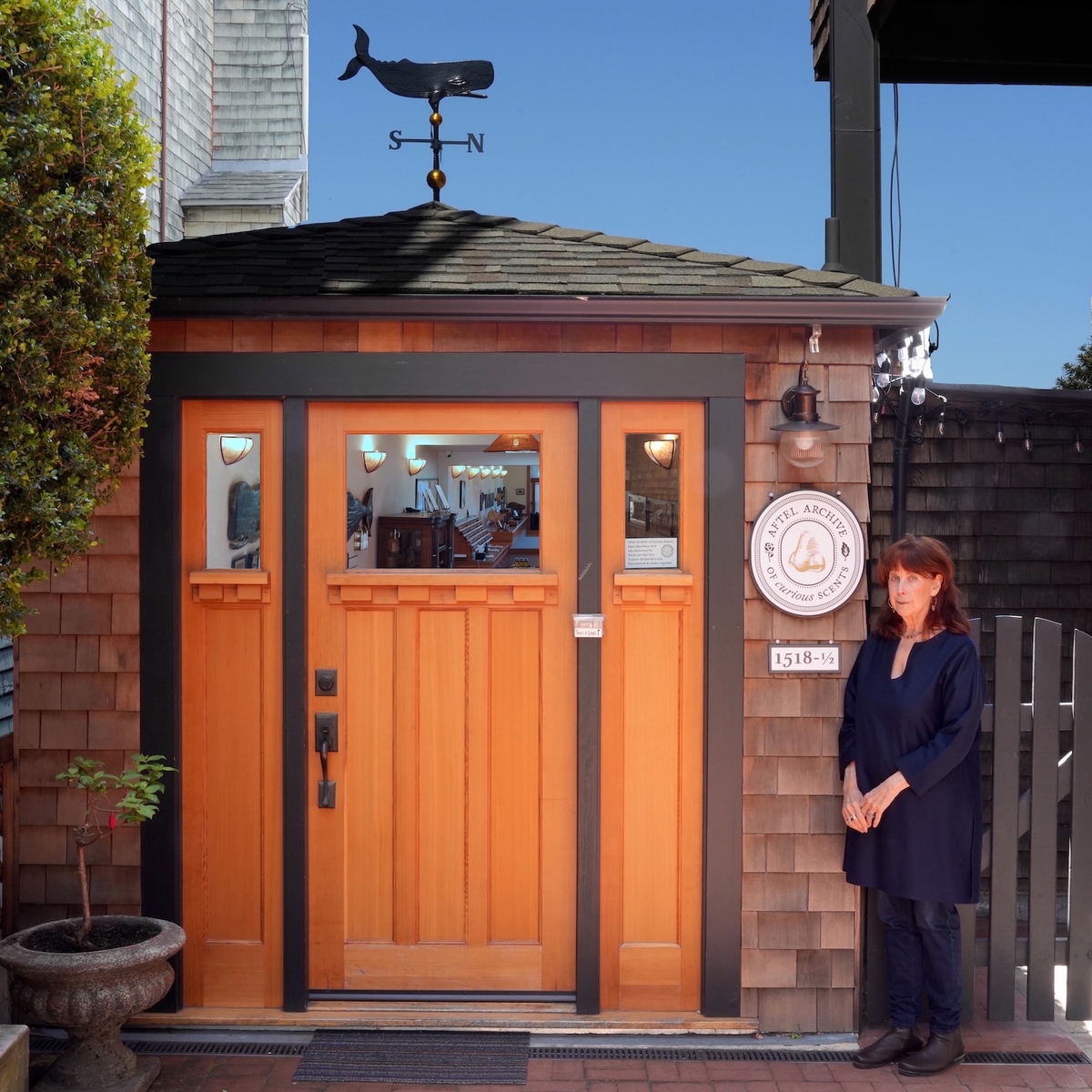
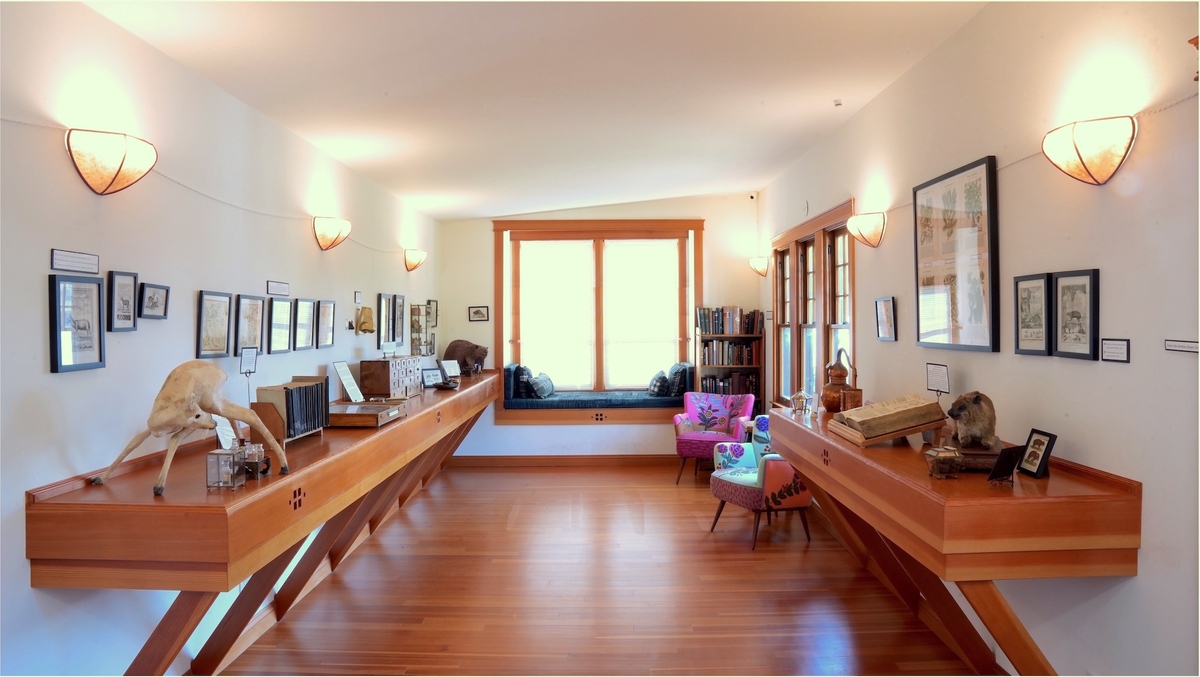
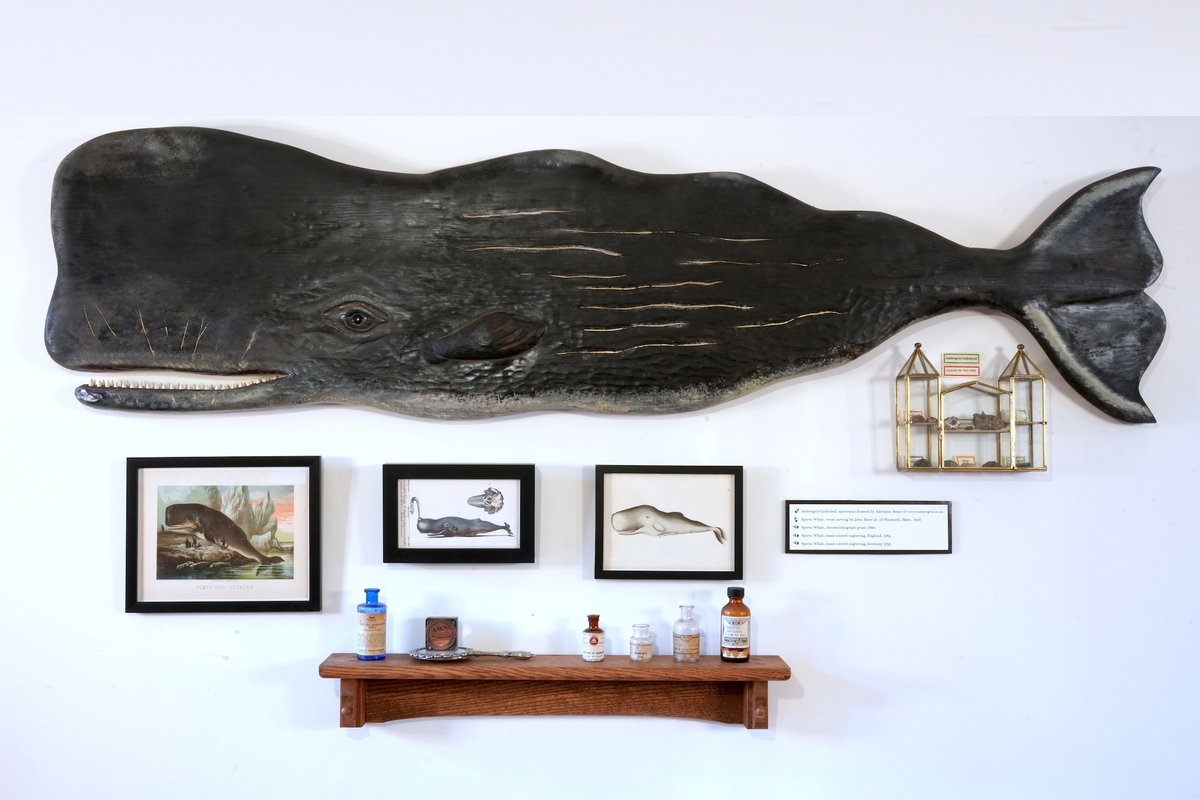
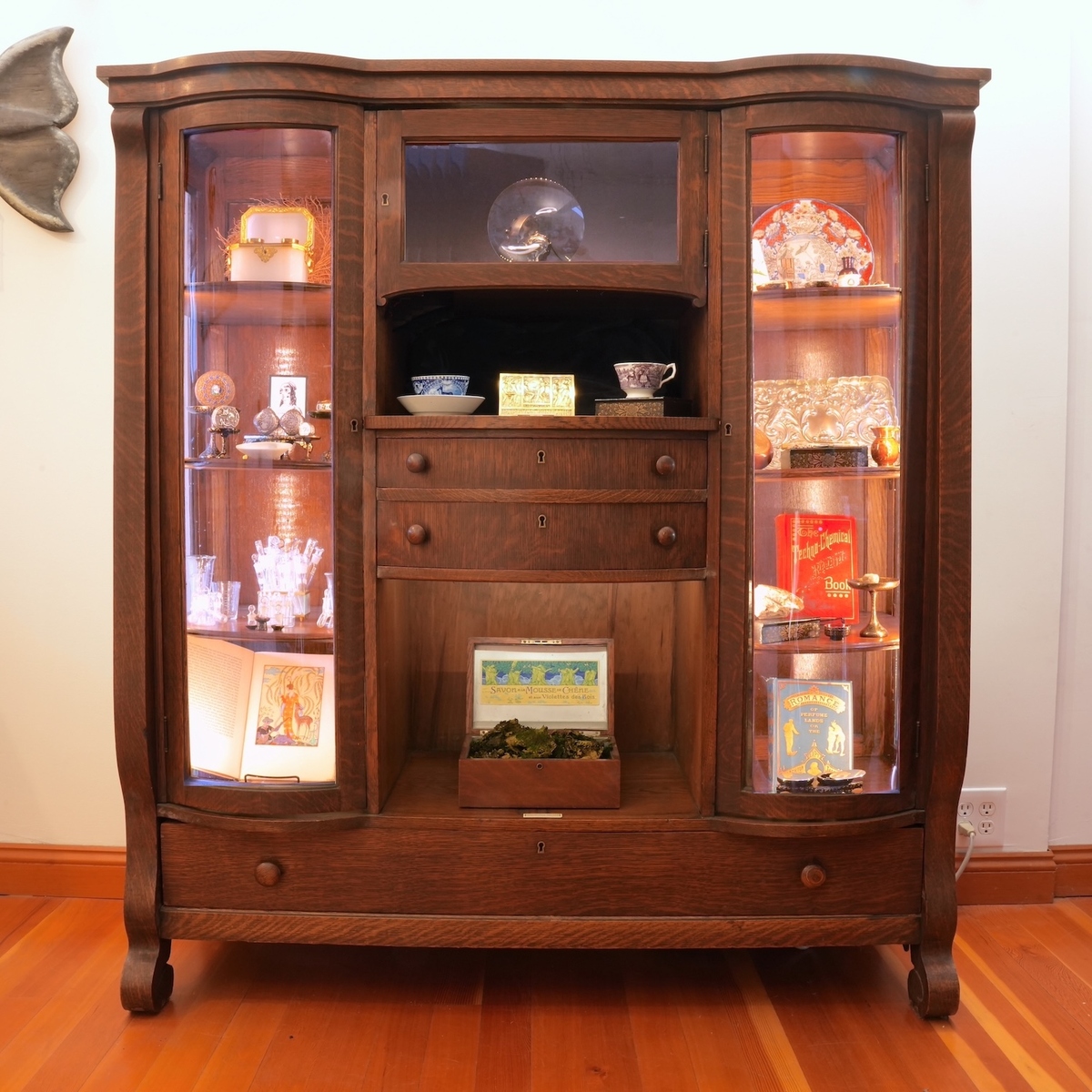
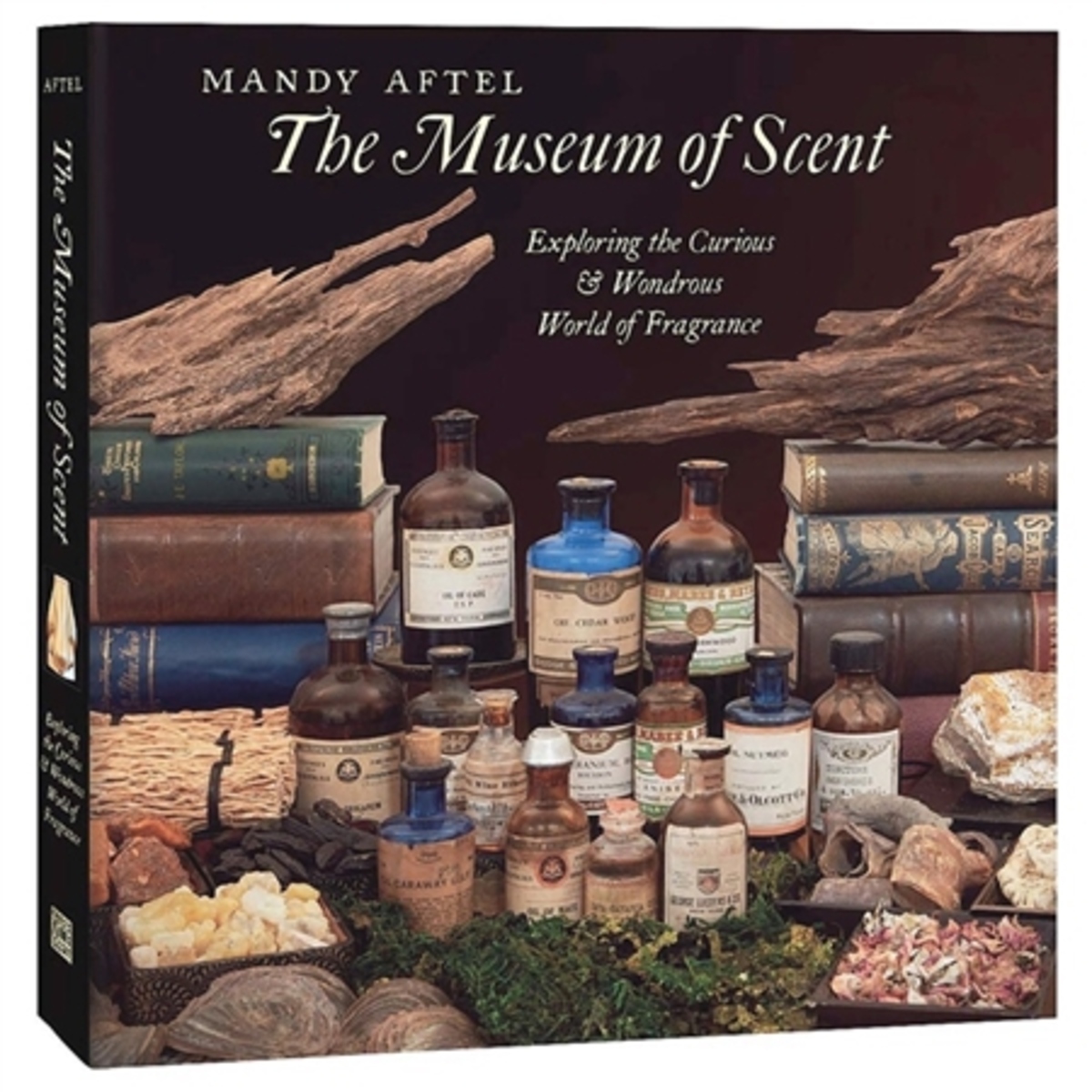
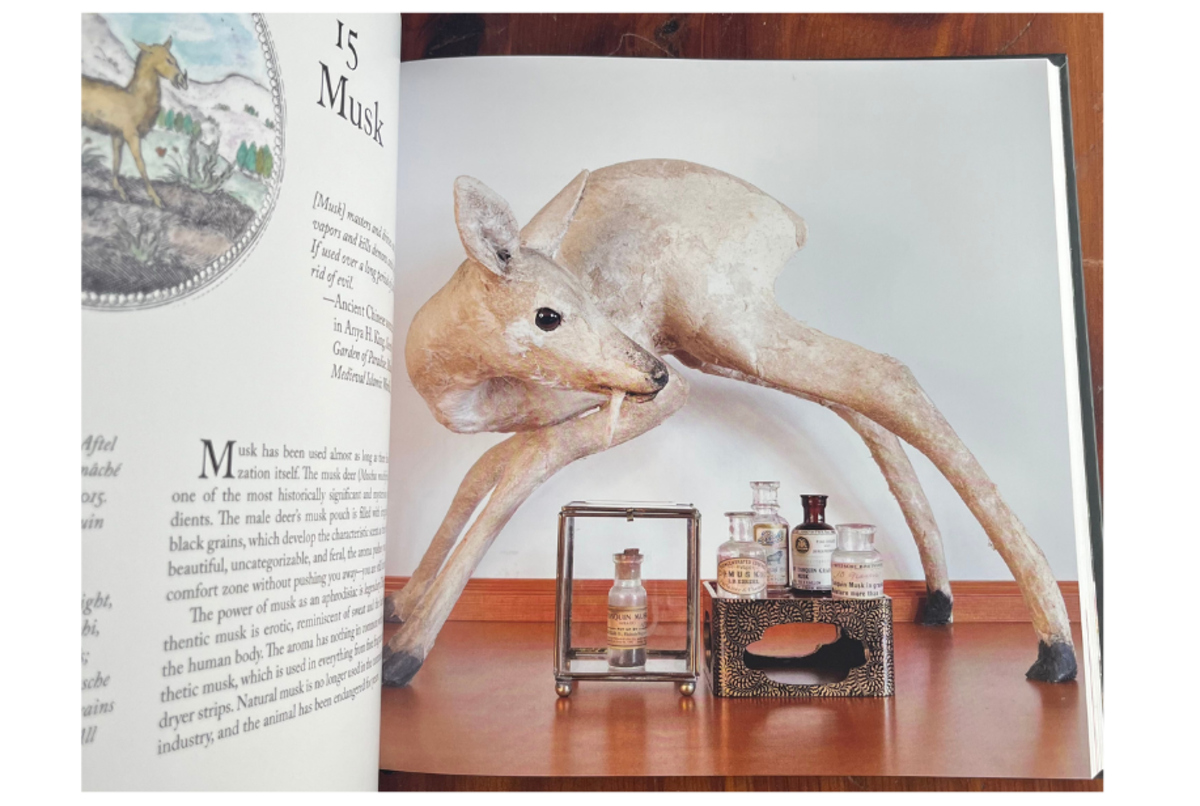
You work exclusively with natural materials. Why is that so important to you?
Mandy: I just love them. I think they’re extraordinarily beautiful. They're very complex. They're alive. They’re connected to every culture in the world, used for very important occasions throughout history.
They’re what people refer to when they say a perfume has quality. They often point to the naturals for that. It’s very complex and fascinating to learn how to work with them exclusively and create a truly beautiful perfume. I really enjoy that artistic process. It’s something I love, something I teach, and something I continue to learn from.
To me, why not use the best materials for a perfume? It’s like cooking: When you use better ingredients, you already have a head start at making a great meal.
In a world dominated by synthetic fragrances, what can natural perfumes teach us today?
Mandy: Everything. A well-made natural perfume — and “well-made” is important for any perfume — is truly unlike anything else. It’s deeply rooted in our history as humans to enjoy scented materials. Our ancestors — generation after generation — used them for prayer, for food, for medicine.
It’s woven into who we are in every culture, whether we fully recognize it or not. And I see this in my museum all the time — it resonates with us. Perfume doesn’t serve a practical purpose like cleaning a house. It’s about pleasure, about collective memory, about beauty.
Why not use the most beautiful materials in the world, ones that have been revered by so many different people? It’s just a no-brainer.
Your perfumes are handcrafted in small batches. What does artisanal perfumery mean to you?
Mandy: Well, it means it’s entirely made by hand. And I believe you can’t truly know something if you haven’t made it yourself. Many other brands hire a perfumer or go to a fragrance house to have things produced. But to me, the greatest luxury — and perfume is a luxury object — is to have an artist create it for you using the best materials. That is what luxury means.
If someone cooks a beautiful meal for you, that’s very special. And if they’ve gone to the farmers’ market to find peaches in season, or someone has made the cheese by hand, those are special, sensual, and luxurious experiences. Perfume is sensual too. So to me, artisanal means it carries the hand of the maker — crafted with the best materials.
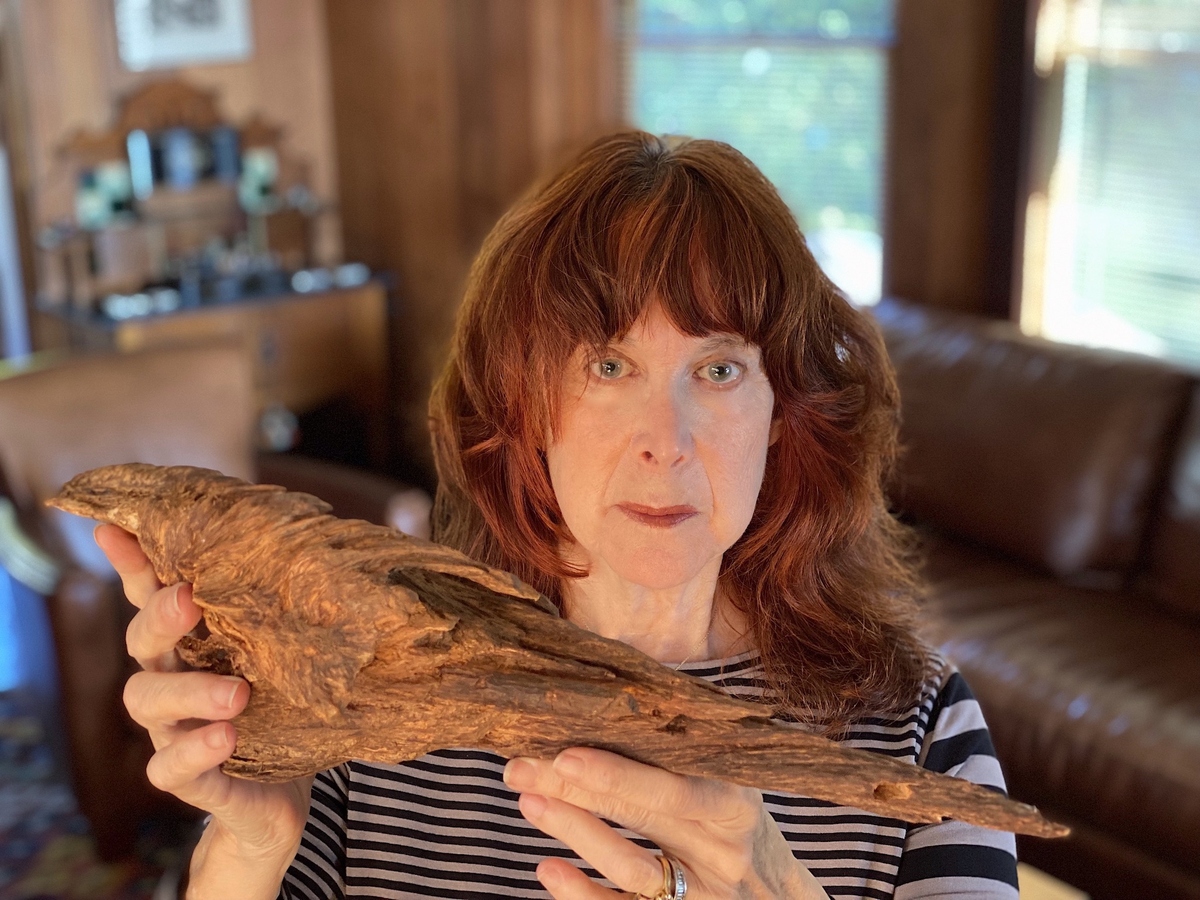
How does a new perfume begin for you? With a single material, an emotion, or an image?
Mandy: Well, since I teach, I know exactly how I make perfumes — because I teach people to create them using the method I developed, called Slow Scent. It starts with a conversation between two essences, often ones that are quite different, so they’ll create a third. Those two essences come together, merge, and form something entirely new — guided by a feeling.
All of my perfumes begin with a feeling, a picture, a song — some kind of experience I want to capture with those two hallmark essences and what they create together. My perfumes are very tightly structured around that concept. After the initial two essences and the third they form, everything else added to the perfume contributes to that original feeling.
Everything in my perfumes has a purpose. I could take any of them apart down to the two initial essences and explain what role each material plays. Sometimes people looking at my work in the museum ask, “Why did you include this?” or “What about that?” — and the answer lies in understanding how essences influence each other. That knowledge is a lifelong study, like studying color or music. And I love that process.
I have a new perfume coming out in a month that I’ve been working on for quite a while. Much of my process involves tweaking and revising — making the perfume over and over, changing very small things until, like a vision test, everything finally comes into focus. I love the process of creating perfumes. I only release one a year — although I do create custom perfumes — but I never want a large line. I prefer to focus on the art of making them and on teaching others how to do it. It’s incredibly inspiring.
How long does it take for you to create a perfume until it's finished?
Mandy: Well, it depends. Often now, because I teach a lot, I’m pretty good at the beginning. I talk about “big ideas” — I have an idea, I have these two essences — and I can get a good portion of it into place very quickly. But the rest of it? No. I can only get so far with what I know and what I’ve chosen. There are always design problems that only reveal themselves once I start making the perfume.
Some things just don’t quite work or aren’t quite good enough. So I’m constantly going back in, like with a small paintbrush, fixing and refining it over and over until I’ve exhausted every idea I have — and found the one that truly completes it. I really enjoy that process. When I reach the end, I feel certain that there isn’t a single idea I haven’t tried. Most of them are terrible, of course — but that’s part of it. It’s easy to discard ideas that don’t work. It’s like cooking — when you finally get a dish just right, you know it. Making perfume is similar, though not exactly the same.
I’ve been doing this for 30 years, and I’ve become a much better perfumer because I’ve made so many mistakes and learned so much from them. With both my perfume-making and my writing, my early drafts are usually awful. I think they’re terrible. But as I go along, I get better at it, and so does the perfume. Something begins to emerge more clearly, and I’ve always loved the creative process for that reason.
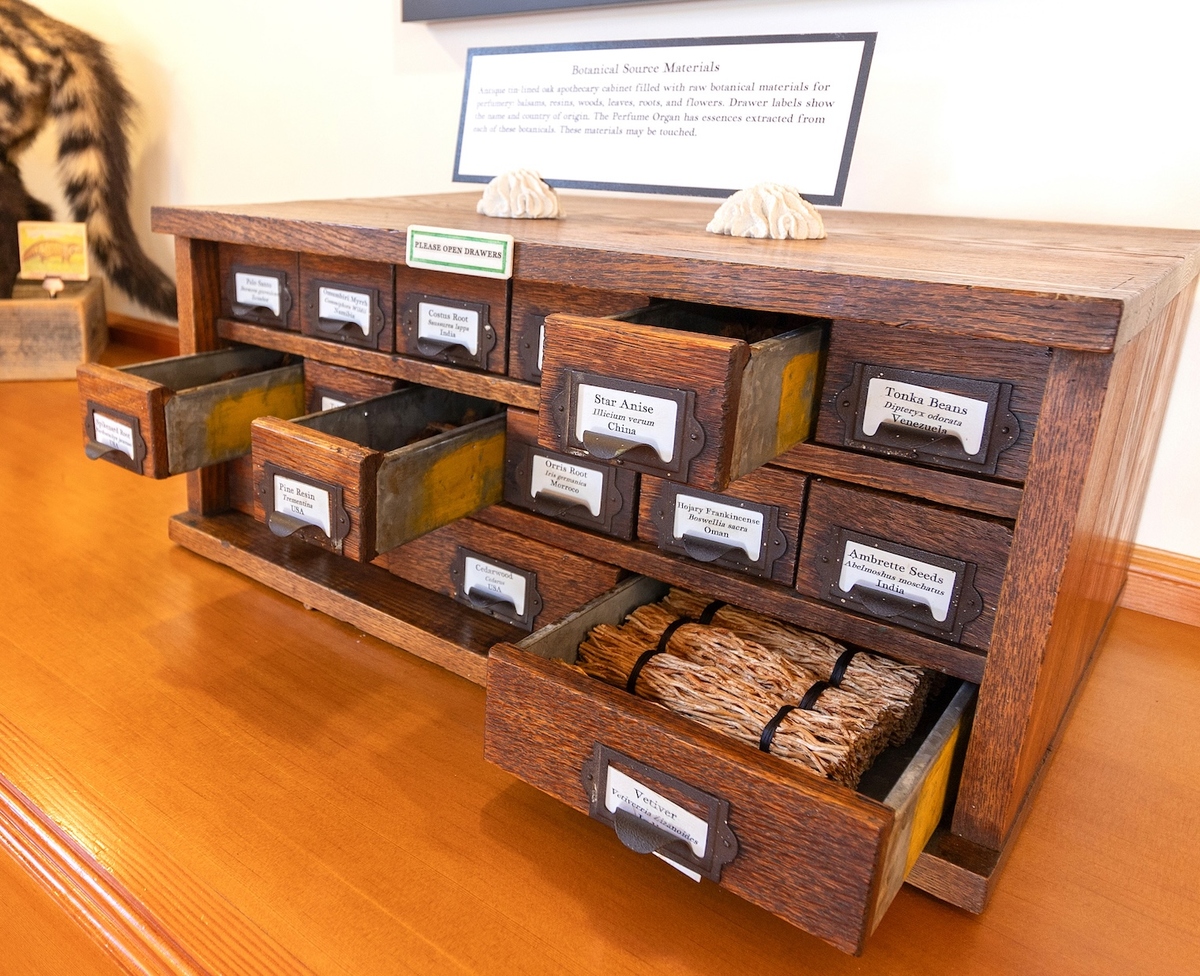
You often say materials have their own voice. How do you listen to and work with that voice?
Mandy: Nothing is more important than understanding each material on its own. Natural essences are like cocktails of aroma molecules. Their character depends on where they’re grown, how they’re produced, what the season was like, and who made them.
For example, I recently had to find a new vetiver after my Haitian supplier stopped producing it. Even oils from the same region were completely different, which is why I created my perfume wheel, divided into families and subfamilies. Once you’re in a family — say, sweet spices — they share many qualities, but the differences are what make them interesting. Nutmeg, for instance, is woodier and less sharp than cinnamon, which is also woody but sharper and more intense. The more you know about each material, the better you can choose the right one with the right facets.
Natural essences have a main scent but also “facets” — subtle wings of other aromas. These combine to form the perfume. That combination can be good or bad, but the more you know, the more control you have.
Still, when blending complex naturals, unexpected things happen. For example, I once used a cypress oil in a perfume called Forest Bathing, and it always smelled minty — even though I hadn’t added anything green. The cypress itself had a minty facet that interacted with other materials and became more pronounced. I wanted the airy, woody quality — like fresh ocean air — but not the mint, so I had to learn how to control it.
That’s how materials “speak” to me. They each have a fingerprint and hidden facets that keep teaching me.
Is there a scent in your collection that holds a deeply personal story for you?
Mandy: Yes, many. But one in particular is "Memento Mori", which is about grieving. It’s a sad perfume, created in memory of someone I lost. It’s about the scent of closeness — of skin, of being near someone. I left it deliberately ambiguous — whether it’s about a lover, a family member, death, or a breakup.
The process of making it was emotionally difficult. I felt a lot of grief while working on it. People often write to me saying they love it, but it’s sad and somehow, that emotion comes through. They feel grief from the perfume, but it’s a good kind of grief. It helps them express what they feel. It’s a heartbreaking perfume to grieve with, and it’s very personal to me. Creating something from my feelings and translating them into art was very healing for me.
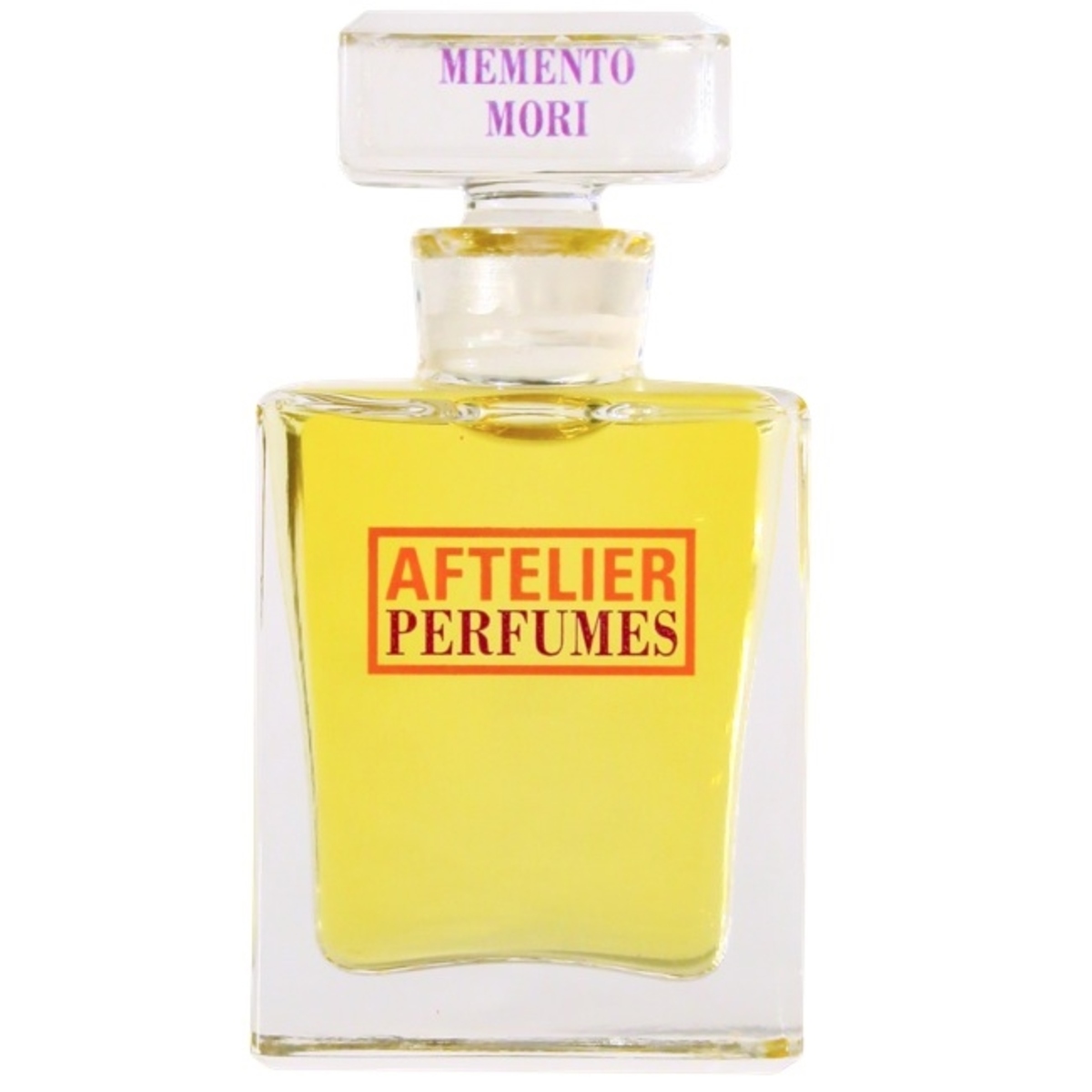 X
XYour first book "Essence and Alchemy" has been translated into 17 languages. What message did you most hope to share with the world?
Mandy: I hoped that people would see the great beauty of natural essences — their rich history across time, civilizations, sexualities, and cultures — and that they would connect with these materials in a way that speaks to them. I wanted readers to recognize their beauty and, perhaps, be inspired to make something themselves or simply appreciate the scents around them — in markets, in cooking, in their gardens — and for natural perfumery to spread throughout the world.
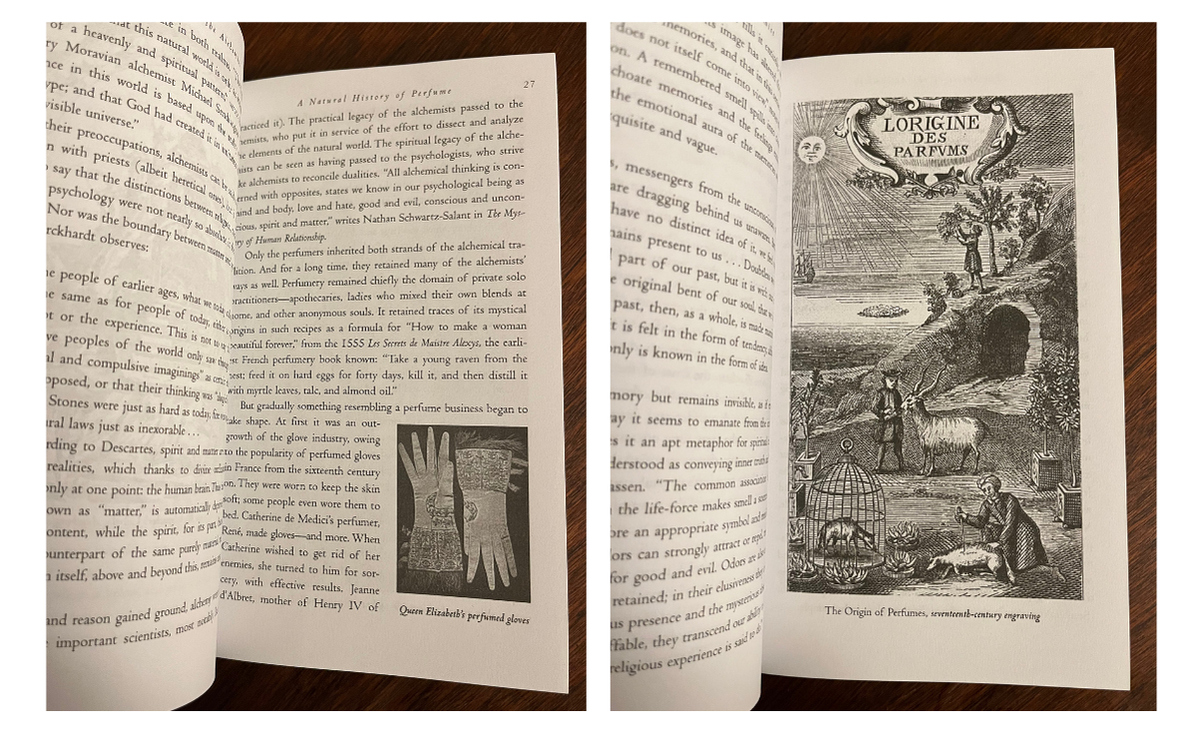
Now, with your upcoming book “Symbolorum: The Secret Wisdom of Emblems”, what inspired you to bring symbolism, art, and scent together in one project?
Mandy: It’s so cool. I painted all of the illustrations myself, and they appear throughout the book. Because I started collecting old books from the very beginning, I’ve always been deeply interested in them. In the museum, we have some incredible works — 200, 300, even 400 years old — that visitors can explore.
One of the books I found, "Symbolorum et Emblematum", forms the basis of this project. It contained 400 images offering life advice inspired by classical wisdom — each with a picture, a motto, and commentary. I had it translated because I loved the imagery and was fascinated by it. There were 100 illustrations of plants, 100 of animals (including mythical ones like unicorns and dragons) and 100 each of fish and birds. I wanted to share this world with others, so I selected 100 and brought them together in my book.
I feel that the relationship to nature in the 17th century was very different from ours today. Natural perfumery and essences come from that slightly magical, almost “witchy” worldview that existed before science explained everything. For example, if someone in the 17th century wrote about a frog, they wouldn’t just describe its size or reproduction — they would include every myth and magical idea about it.
Nature was studied holistically. Not just scientifically, but with all its folklore, symbolism, and cultural meaning. That’s also how I view the essences I work with. The way people understood nature back then — magical, full of wonder, deeply symbolic — is very close to how I feel about it today.
Looking ahead, what is your greatest hope for the future of natural perfumery? How do you envision your own work evolving in the years to come?
Mandy: I hope natural perfumery remains artisanal, and that the people who create and wear it recognize the preciousness of a single drop of a beautiful essence. I hope they take the time to appreciate how wonderful and magical nature is and that nothing can ever compete with its beauty.


 Mikayla
Mikayla